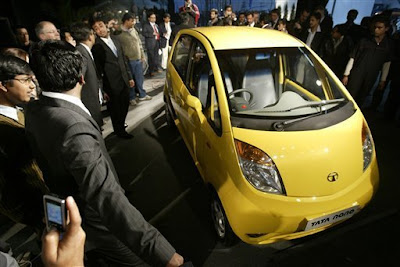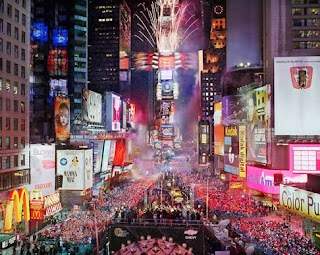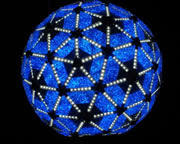
The bubble-like vehicle will only cost $2,500.
Some facts about what has been nicknamed the "People's car:"
* Length: 3.1 meters
* Height: 1.6 meters
* Width: 1.5 meters
* Engine: Rear-wheel drive, 2-cylinder, 623 cc, multi-point fuel-injection petrol engine. Engine is rear mounted. Tata said it was the first time a 2-cylinder gasoline engine was being used in a car with single balancer shaft.
But what about its fuel efficiency?
According to its manufacturer, it's 20km/ liter . Tata Motors assures that its emission performance exceeds current regulatory requirements, adding that it produces lower overall pollution level than two-wheelers made in India.
Initially, the idea of being able to buy what seems to be a fuel-efficient car for only $2,500 sounds like great news. For the people who, up until now, have had to rely on less practical forms of transportation because they could not afford a car, the possibility of buying a Nano means mobility.
But when you think about it, the fact that more people will be able to have a car means that there will be more cars on the road. It is scary to think that thousands, possibly millions of cars could be added to our already crowded highways, which would, in turn, create higher levels of exhaust emissions, all of which can only mean one thing: more pollution.
According to an IBN (India Broadcasting Network, a CNN partner) article, "there are already over one million cars being added on Indian roads every year and this is expected to triple by 2015. Tata's has made no bones about the fact that the Nano targets 1st time users, 2 wheeler owners, and people in rural areas, which accounts to almost 60 million users."
Sixty million users!= Sixty million cars!
All of which makes me wonder- if they're able to come up with such such a cheap and tiny car, why don't automobile manufacturers invest their technology and resources in meeting the demand for greener cars? What we need, what the planet needs, are good, economic, stylish cars that run on hydrogen or some other sort of environmentally-friendly fuel.
I'm glad to find out that others share this point of view.
In Indians hit the Road Among Elephants, an article that appeared in The New York Times, Rajendra K. Pachauri, economist, environmental scientist and chairman of the Nobel Peace Prize-winning Intergovernmental Panel on Climate Change, is said to have "sharply criticized the small car boom, questioning Tata Motors in particular for devoting itself to building cheap cars rather than efficient mass transportation."
Meanwhile, Rata Tata, president of the Tata Group, answers the following question in the company's own website:
"About the criticism that the car will add to India's pollution problems, why are the Tatas being singled out?"
To which he basically draws a parallel to Swatch watches.
I'm sorry, Mr. Tata, but cars aren't watches. Watches don't produce toxic fumes that pollute the environment, cars do.







